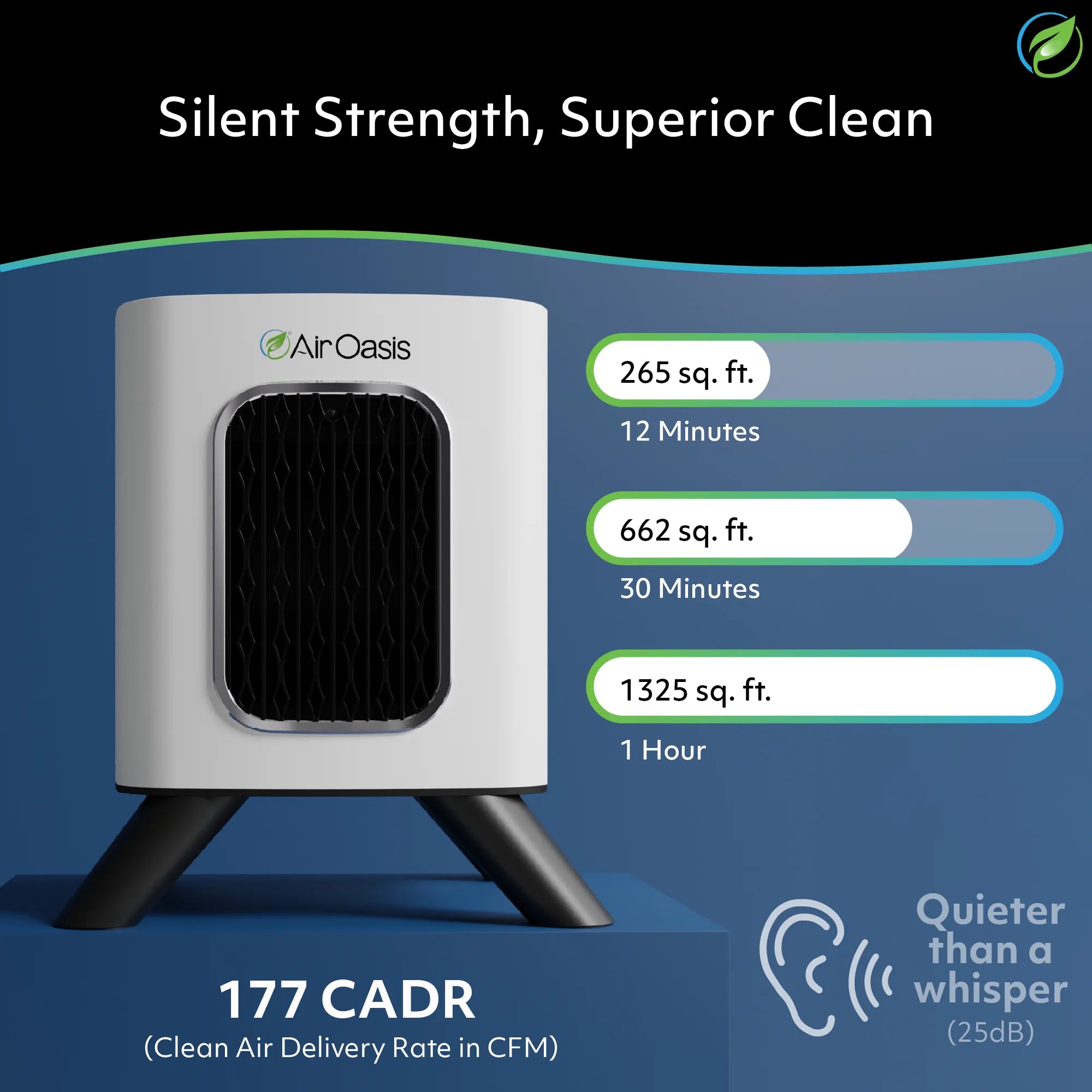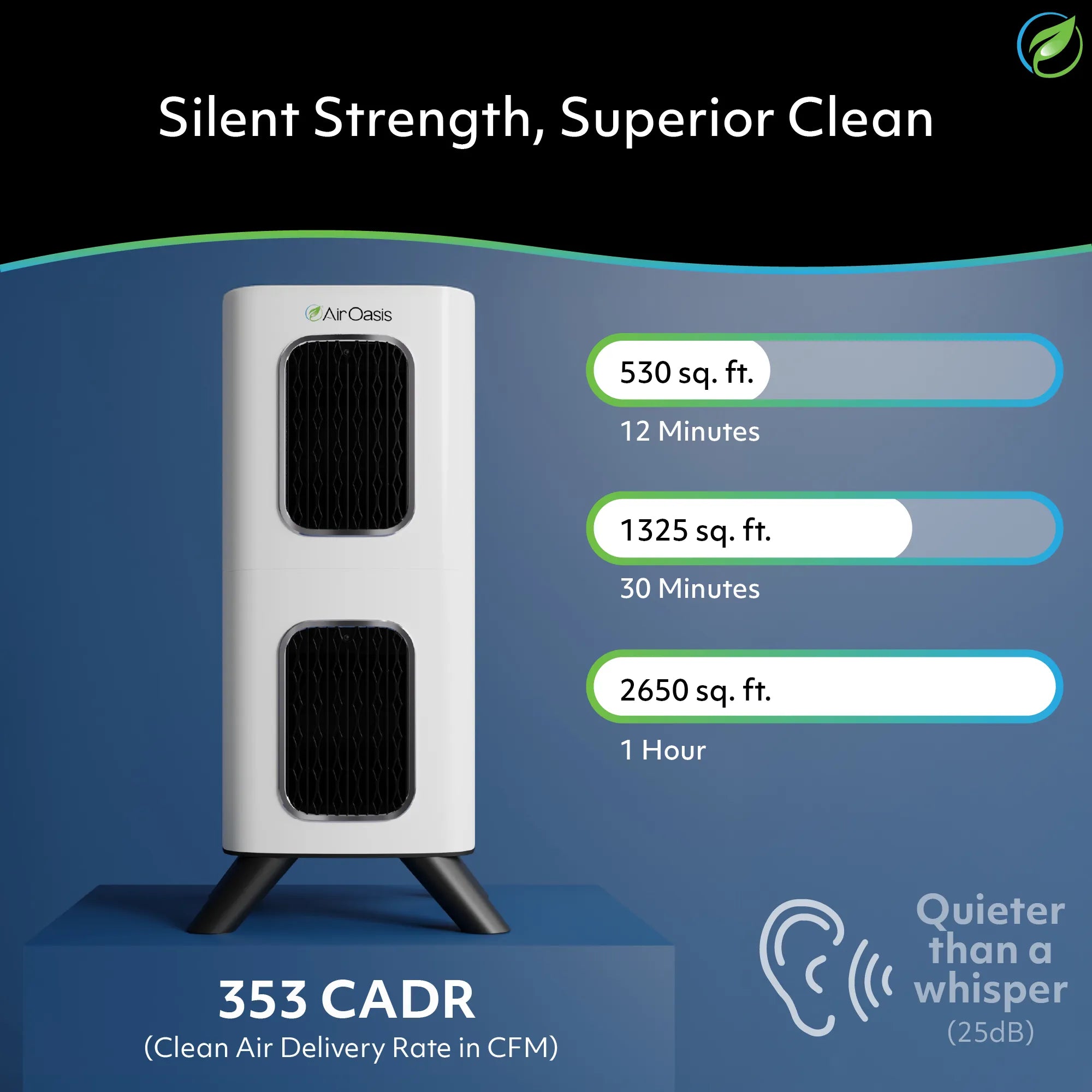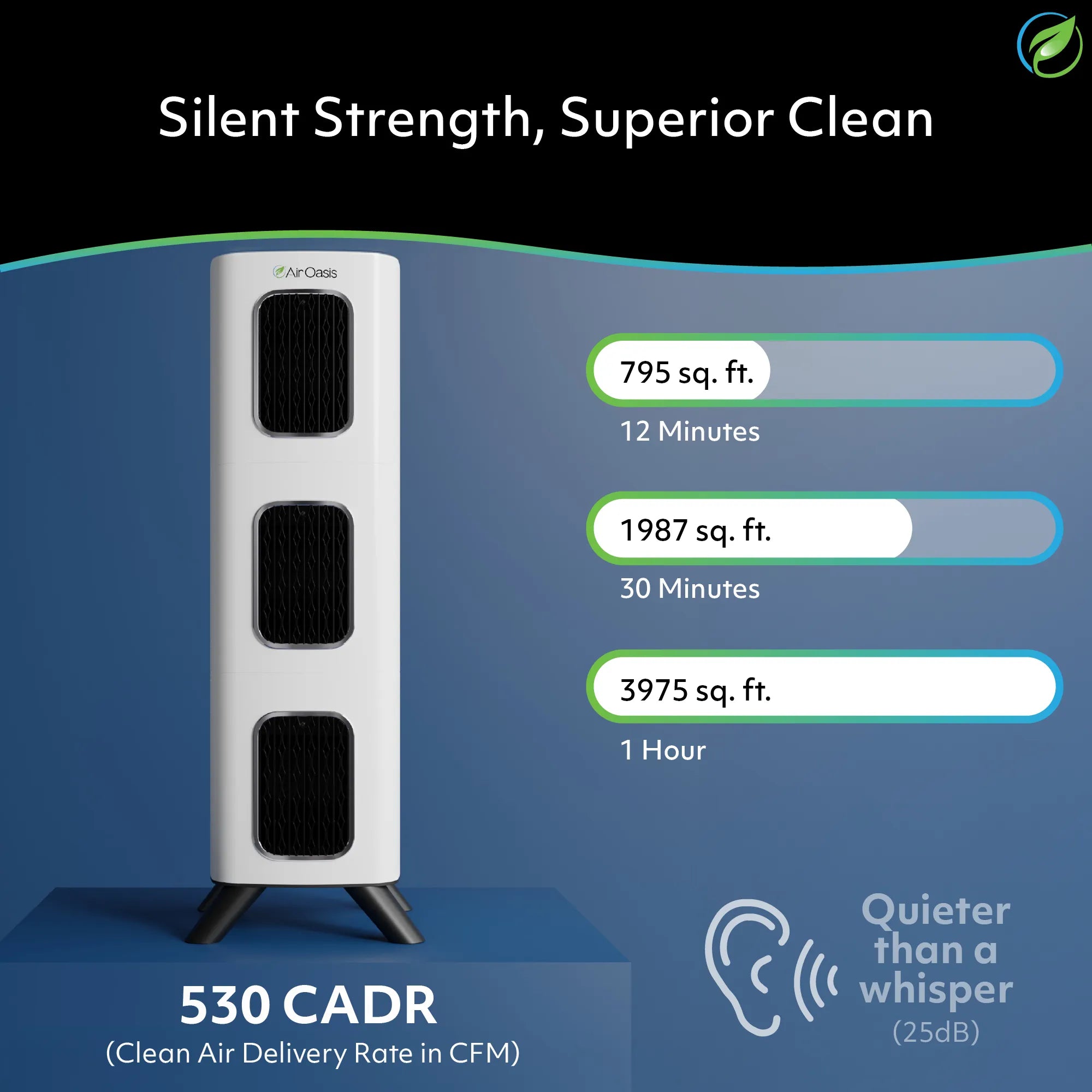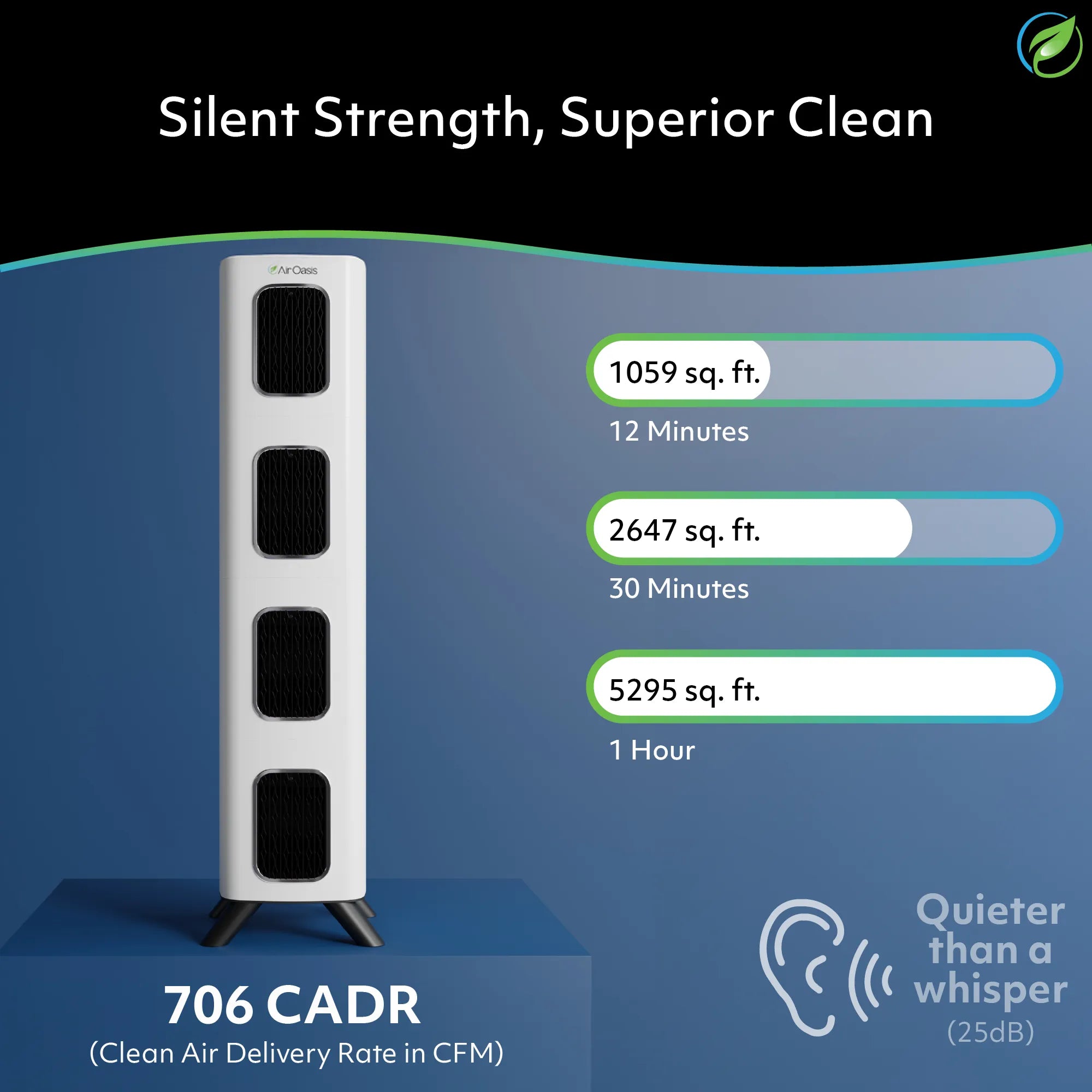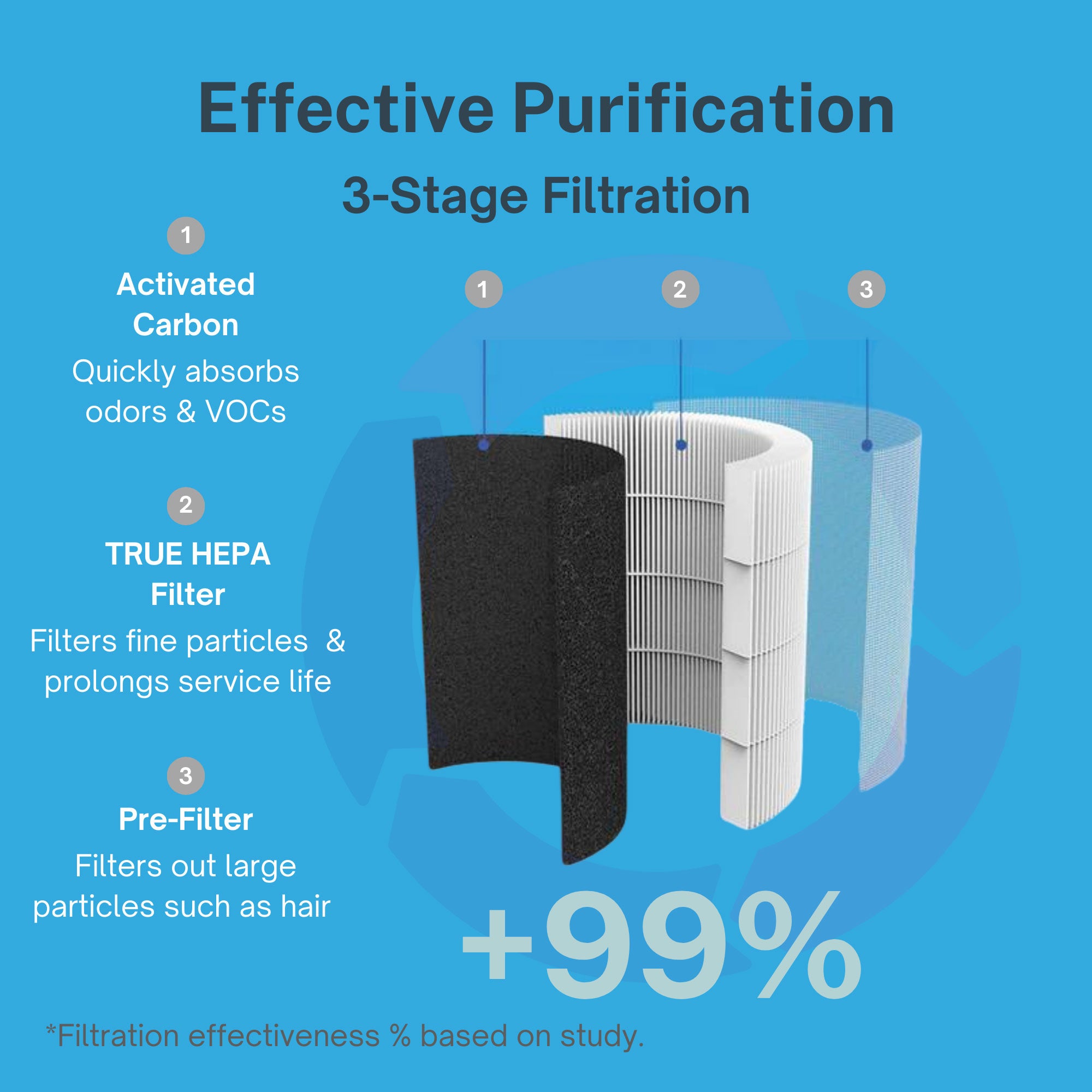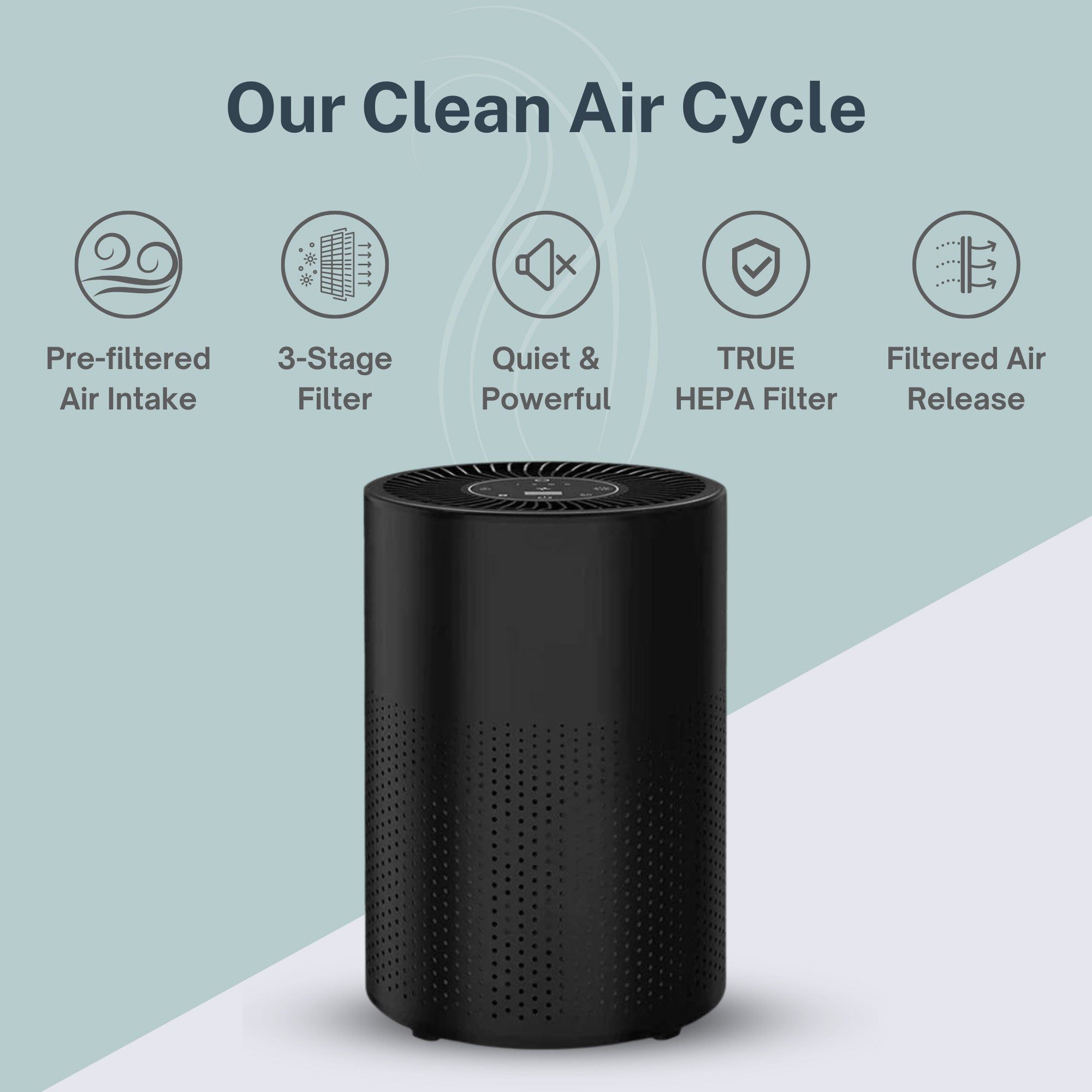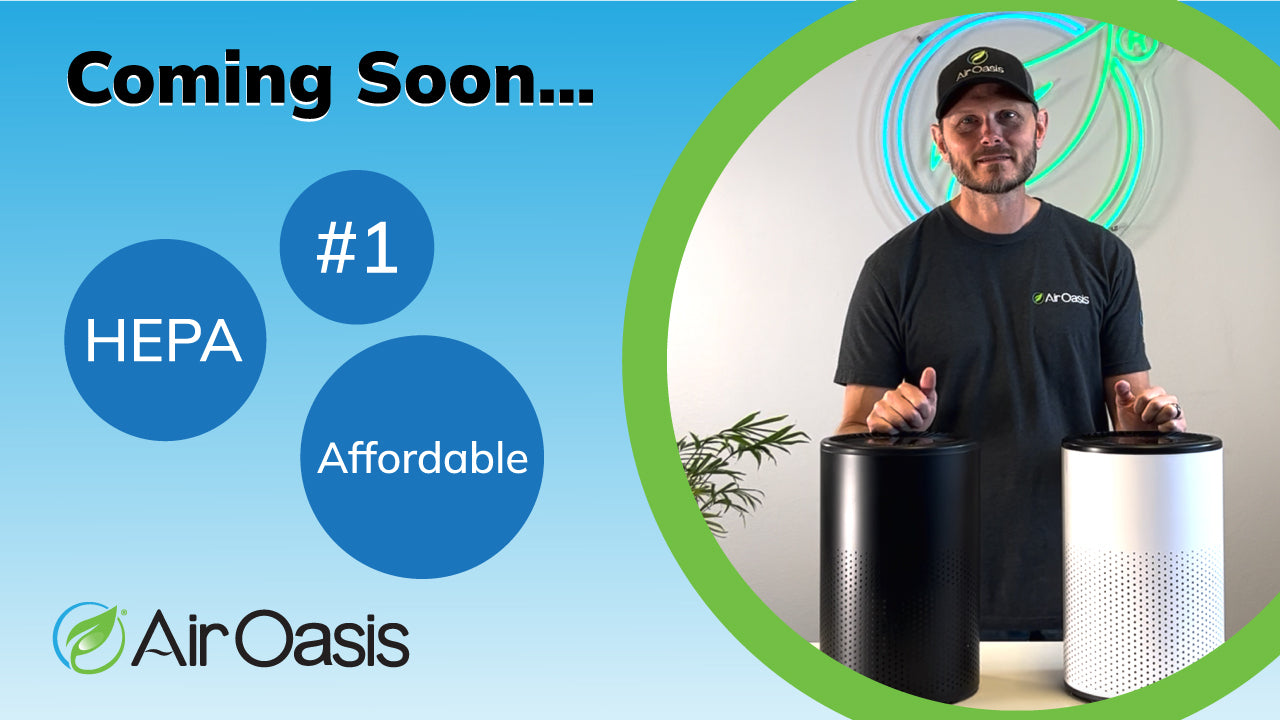A study published in GeoHealth revealed that California's Salton Sea regularly emits hydrogen sulfide at levels exceeding state air quality standards, while government monitoring systems "vastly underestimate" toxic gas exposure in surrounding communities. Researchers from Brown University, UCLA, and UC Berkeley found that residents in Indio, Mecca, and the Torres Martinez Indian Reservation experience dangerous hydrogen sulfide levels that cause headaches, nausea, fatigue, and long-term neurological damage.
The Salton Sea, California's largest lake located 160 miles east of Los Angeles, formed in 1905 when Colorado River water breached an irrigation canal. Agricultural runoff and wastewater have maintained the lake since 1907, creating water more saline than the Pacific Ocean that generates toxic algal blooms and fish kills that produce hydrogen sulfide emissions.
Government Sensors Miss Most Toxic Emissions
South Coast Air Quality Management District sensors showed hydrogen sulfide readings exceeding California standards throughout 2013-2024, with the Torres Martinez site recording over 250 hours of dangerous levels each August. However, researchers discovered these readings capture only a fraction of actual emissions because sensors are positioned away from the lake and misaligned with prevailing winds.
"Our study shows that hydrogen-sulfide emissions are not only more intense than previous monitoring captured, but they are systematically underreported—especially when sensors are placed away from the lake or out of alignment with prevailing winds," said study co-author Mara Freilich from Brown University's Department of Earth, Environmental and Planetary Sciences.
Additional sensors placed directly in shallow lake waters detected consistently high hydrogen sulfide levels regardless of wind direction, confirming the lake as the primary emission source. Wind direction data proved that dangerous readings occurred when winds carried toxic gases from the lake toward residential communities.
Only three of numerous Salton Sea shoreline communities have regulatory monitoring, leaving most residents unprotected from toxic gas exposure. The researchers concluded that "a significant portion of hydrogen-sulfide emissions remains unaccounted for, potentially being transported to communities without air monitoring stations."
Environmental Injustice Affects Vulnerable Communities
The affected communities consist primarily of Latinx and Indigenous residents who already experience elevated asthma and respiratory illness rates. Torres Martinez Desert Cahuilla Indians face the highest toxic exposure levels due to their proximity to the lake and prevailing wind patterns that carry hydrogen sulfide directly into their community.
"This is a textbook case of environmental injustice," said Aydee Palomino, project manager for the Campaign for Thriving Salton Sea Communities at Alianza Coachella Valley. "People in the Coachella and Imperial valleys are breathing in pollutants that are under the radar of traditional monitoring systems."
Community residents suffer not only physical health impacts including respiratory irritation, headaches, and fatigue, but also diminished quality of life from constant toxic gas exposure. The communities already face multiple environmental and socioeconomic stressors that compound the health impacts of hydrogen sulfide exposure.
Environmental justice advocates argue that inadequate monitoring perpetuates health disparities by allowing dangerous pollution levels to continue undetected and unaddressed in vulnerable communities that lack political power to demand better protection.
Worsening Conditions Threaten Future Health
Climate change and water diversion policies continue reducing Salton Sea water levels while increasing salt and sulfate concentrations that intensify hydrogen sulfide production. As the shoreline recedes, researchers expect toxic emissions to occur "more frequently and at greater magnitudes."
The lake's transformation from a 1940s-1950s vacation destination to a toxic environmental health hazard illustrates how environmental degradation can devastate communities over decades. Desiccating organic matter from algal blooms and fish kills continues generating hydrogen sulfide as the lake shrinks and concentrates pollutants.
Agricultural runoff containing excess nutrients feeds algal blooms that deprive the lake of oxygen, killing aquatic life and creating conditions for toxic gas production. This cycle intensifies as water levels drop and pollutant concentrations increase.
"The communities around the Salton Sea are on the front lines of a worsening environmental health crisis," Freilich noted, emphasizing that current conditions will likely deteriorate without comprehensive intervention.
Community Science Exposes Monitoring Gaps
The study demonstrated how community-based research partnerships can reveal environmental health threats that government monitoring systems miss. Collaboration between academic researchers and Alianza Coachella Valley provided local knowledge and community access essential for accurate pollution assessment.
Community scientists participated directly in data collection, including water quality sampling and air monitoring that complemented official government sensors. This approach revealed the systematic underreporting of toxic emissions that affects public health protection decisions.
"Our work highlights the power of community science to expose these gaps and push for equitable solutions," Palomino emphasized. The partnership model provides a framework for other communities facing similar environmental health challenges from inadequate government monitoring.
The research combined weather station data, remote sensing observations, and additional community-placed sensors to create comprehensive pollution mapping that revealed the full scope of hydrogen sulfide emissions affecting residential areas.
Indoor Air Protection Becomes Essential
While researchers call for expanded government monitoring and public health studies, Salton Sea area residents cannot wait for regulatory improvements to protect their health from daily toxic gas exposure. Hydrogen sulfide infiltrates buildings through normal ventilation, creating indoor health risks even when people remain inside.
Standard home air systems cannot remove hydrogen sulfide and other toxic gases that cause immediate symptoms and long-term health damage. Professional air purification technology offers protection from the chemical pollutants that government monitoring fails to adequately track or address.
The study's findings highlight how environmental health threats can persist for years while communities suffer health impacts from inadequate pollution control and monitoring. Residents need immediate protection strategies while advocating for better government oversight and environmental remediation.
Community members dealing with respiratory irritation, headaches, and fatigue from hydrogen sulfide exposure require comprehensive indoor air quality management that removes toxic gases before they cause additional health damage.
Take Control When Government Protection Fails
The Salton Sea study exposes how government air quality monitoring can systematically underestimate toxic pollution exposure, leaving vulnerable communities to suffer preventable health impacts from environmental hazards. While advocacy efforts work toward better monitoring and environmental justice, families need immediate protection from toxic gas exposure.
Environmental health crises like the Salton Sea demonstrate that communities cannot rely solely on government monitoring systems to protect their health from dangerous pollution levels. Proactive indoor air quality management provides essential protection when official oversight fails to address real health threats.
Don't wait for improved government monitoring to protect your family from toxic air pollution. Take control of your indoor air quality today and create the safe environment your family needs regardless of external pollution sources or inadequate regulatory protections.






